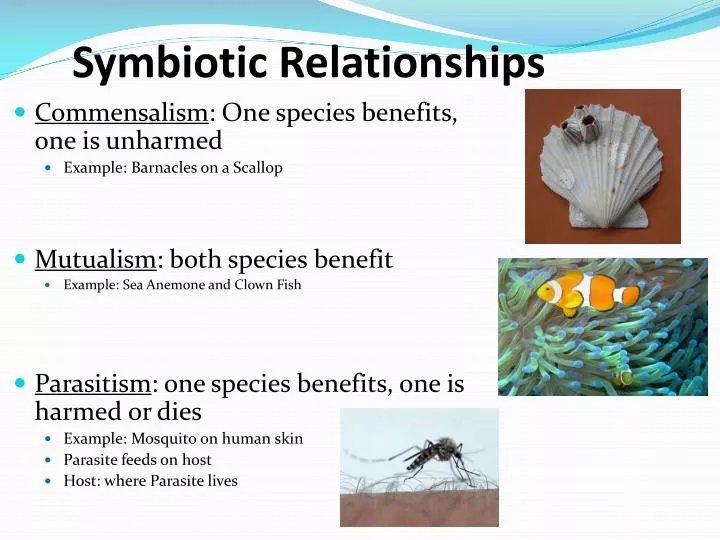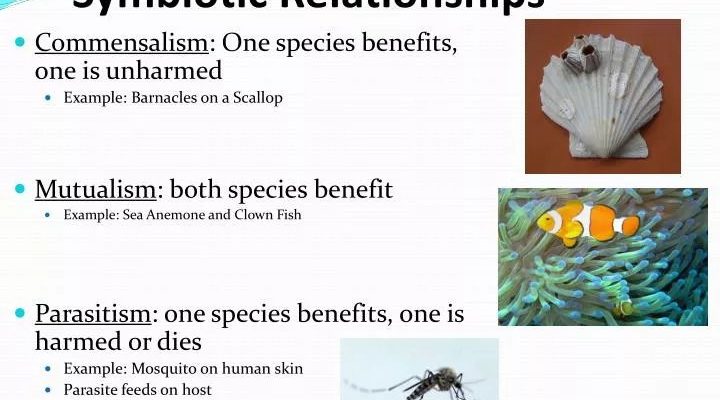
The world of symbiotic relationships is full of surprises, and wolf worms are a unique player in this drama. By exploring these relationships, we can better understand ecosystems and the interconnectedness of life forms. So, grab a seat and let’s dive into this intriguing topic, where we’ll uncover how wolf worms interact with their insect hosts and why these relationships matter.
What are Wolf Worms?
Wolf worms, often referred to as *larval parasites*, are the juvenile stage of the *Hyalomma* species, particularly known for living within the bodies of insects. These larvae typically find their home in the soft tissues of their host. It’s a parasitic lifestyle, and while it might sound a bit grim, it’s part of nature’s complexity.
These creatures rely on their hosts for nutrients and a safe environment to grow. As you can imagine, the relationship is all about dependency. The larvae develop inside the host, feeding off its bodily resources, which can sometimes lead to the host’s demise. It’s a tough but fascinating way of survival.
What’s even more intriguing is how wolf worms attach themselves to their hosts. Often, they enter through open wounds or when the insect is in a vulnerable state. This method of invasion showcases the cunning survival tactics in the animal kingdom.
The Symbiotic Dance: Types of Relationships
Now, let’s break down the types of symbiotic relationships that exist in nature. Symbiosis describes how different organisms can live together and interact in various ways, and wolf worms highlight some of the most dramatic examples.
1. **Mutualism**: This is where both species benefit from the relationship. For instance, bees pollinate flowers while they gather nectar. In this scenario, both parties thrive together, which is a win-win.
2. **Commensalism**: In this relationship, one species benefits, and the other is neither helped nor harmed—like barnacles hitching a ride on whales. The barnacles get mobility and access to food, while the whale goes about its business unaffected.
3. **Parasitism**: This is where things get a bit darker. Wolf worms are a prime example of parasitism, as they thrive at the expense of their hosts, which can lead to serious harm or even death. It’s a raw example of survival, showcasing the harsh realities of nature.
Understanding these relationships helps paint a clearer picture of ecosystems and each organism’s role within them.
How Do Wolf Worms Impact Their Hosts?
Wolf worms have a significant effect on their insect hosts. While they may ensure their own survival, the consequences for the host can be severe. Here’s what happens:
– **Nutrient Drain**: As the wolf worm grows inside the host, it consumes nutrients, which can rob the host of critical energy. This depletion can weaken the host, making it vulnerable to diseases or predators.
– **Behavioral Changes**: Some research suggests that the presence of a parasite can alter the behavior of the host, making it more susceptible to being preyed upon. Imagine being a bee, sluggish and foggy-headed, making you an easy target for a hungry bird.
– **Population Health**: On a larger scale, the presence of wolf worms can impact insect populations. If a species is heavily infested, it might lead to declines in their numbers, affecting local ecosystems and food chains.
While these effects might seem harsh, they are part of nature’s design, reminding us that every living thing plays a role in the balance of life.
Wolf Worms and Ecosystem Dynamics
Wolf worms are just one player in the complex web of life within ecosystems. Their presence, and the way they interact with other organisms, can reflect the health of an environment. Here’s how they fit into the bigger picture:
– **Biodiversity Indicators**: The presence of wolf worms can signal changes in biodiversity. An increase in parasitic relationships often indicates larger ecological shifts, whether from environmental changes or species decline.
– **Food Web Contribution**: By affecting insect populations, wolf worms indirectly influence the food web. If a specific insect species declines due to parasitism, it can have a ripple effect on animals that prey on those insects.
– **Natural Regulation**: Parasites like wolf worms can help regulate insect populations, preventing any single species from overwhelming an ecosystem. This keeps the environment balanced, allowing various species to coexist.
Overall, these worms are a reminder of how interconnected life forms are and the delicate balance that exists in nature.
Wolf Worms in Scientific Research
Scientists are continually studying wolf worms and their relationships with host insects. These studies often aim to uncover several important insights:
– **Understanding Parasites**: By studying wolf worms, researchers can better understand parasitic behavior, which can have implications for medicine and biology. For example, lessons learned from how a parasite invades a host could inform treatments for human diseases caused by other parasites.
– **Ecological Health**: As indicators of ecosystem health, wolf worms can help scientists gauge the impact of climate change or habitat destruction. Understanding their role can shed light on broader ecological shifts.
– **Interspecies Interactions**: Researching wolf worms expands our knowledge of how different species interact. This knowledge can inform conservation efforts and ecosystem management by understanding what keeps these systems functioning.
Scientific interest in wolf worms highlights their importance beyond mere curiosity; they provide a lens into understanding much larger biological and ecological processes.
At first glance, wolf worms might seem like just another creepy-crawly in the insect world. However, their fascinating relationship with insects opens up a window into the complexity of life on Earth. From their parasitic lifestyle to their role in ecosystem dynamics, these worms are a crucial piece of the puzzle.
As we continue to explore the intricacies of nature, it becomes clear that every organism, even those that may not seem appealing, plays a critical role in the web of life. So, the next time you see an insect or think of a worm, remember the amazing stories of survival and interdependence happening all around us. Nature is full of surprises, and wolf worms are just one example of how connected we all are.

